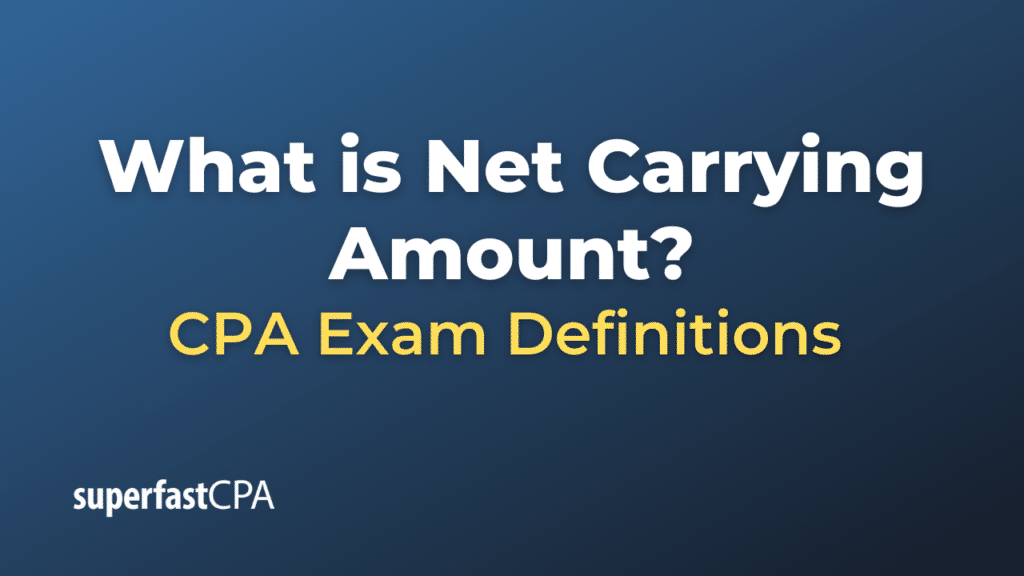Net Carrying Amount
The net carrying amount, also known as the carrying value or book value, is the value of an asset as reported on a company’s balance sheet. It is calculated by subtracting the accumulated depreciation or amortization from the original cost of the asset.
Here’s the general formula:
Net Carrying Amount = Original Cost of the Asset – Accumulated Depreciation/Amortization
For tangible assets like buildings, machinery, or vehicles, accumulated depreciation is subtracted from the original cost. Depreciation is the method by which the cost of a tangible asset is spread out over its useful life.
For intangible assets like patents or software, amortization is used instead of depreciation. Amortization is the gradual reduction of an intangible asset’s value over time.
The net carrying amount represents the reported value of the asset, not necessarily its current market value. The market value could be higher or lower than the net carrying amount depending on factors such as the asset’s condition or changes in market demand.
Example of Net Carrying Amount
Suppose a company purchases a delivery truck for its business operations. The truck costs $50,000 and has a useful life of 10 years with no expected residual value. The company uses the straight-line method of depreciation, which means it will depreciate the truck evenly over its useful life.
The annual depreciation for the truck will be $5,000 ($50,000 divided by 10 years).
After 3 years, the accumulated depreciation for the truck will be $15,000 (3 years times $5,000 per year).
At this point, the net carrying amount (or book value) of the truck will be:
Net Carrying Amount = Original Cost of the Asset – Accumulated Depreciation
Net Carrying Amount = $50,000 – $15,000 = $35,000
So, on the company’s balance sheet, the truck would be listed with a net carrying amount of $35,000 after 3 years. Remember, this is the book value and may not represent the actual market value of the truck if the company were to sell it. The market value could be more or less depending on various factors like the truck’s condition and market demand for used trucks.













